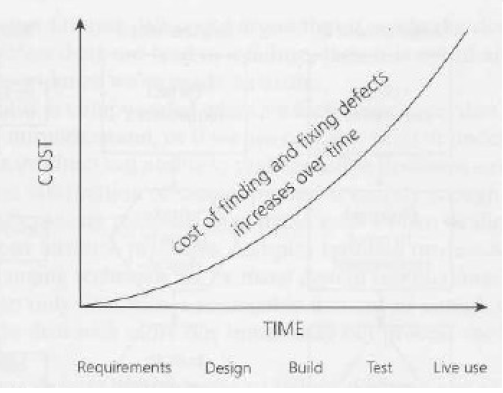Estimating what testing will involve and what it will cost
Starting at the highest level, we can break down a testing project into phases using the fundamental test process: planning and control analysis and design implementation and execution evaluating exit criteria and reporting test closure. Within each phase we identify activities and within each activity we identify tasks and perhaps subtasks. To identify the activities and tasks, we work both forward and backward. When working forward, start with the planning activities and then move forward in time step by step, asking, 'Now, what comes next?' Working backward means consider the risks that were identified during risk analysis. For those risks which were intended to address through testing, ask yourself, 'So, what activities and tasks are required in each stage to carry out this testing?' This can be further explained considering performance testing as an example. Conducting performance testing is an activity in the test execution phase . You no...

